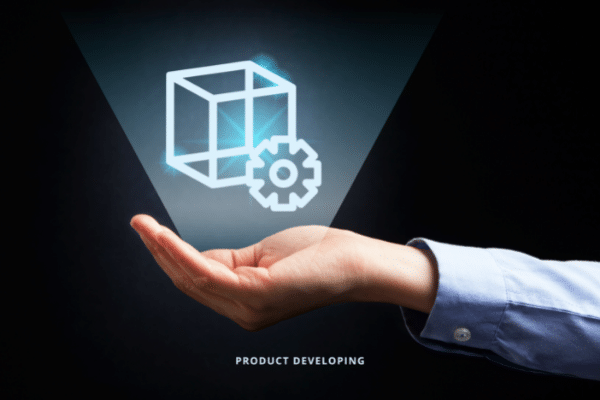A well-designed product development strategy will enable you to understand your customers, accurately plan your product design, effectively use your product development resources and increase your chances of success. In this article we tell you about all the benefits product development strategies can provide and how to implement them.
What is a product development strategy?
New product development strategy is a term that encompasses all actions and methods used when new products are introduced into the market or existing ones are modified with the aim of improving current products and obtaining greater profitability and improved profits.
It is a set of strategies, plans and actions that are applied at different stages of a product’s development life cycle to introduce it to the market, maintain its growth and ensure its competitiveness.
La estrategia de desarrollo de productos es crucial, ya que se basa en la investigación y el análisis del mercado para elaborar un plan. El éxito en las estrategias de desarrollo de productos requiere enfoques fundamentalmente mejorados para organizar el proceso de desarrollo, reducir los residuos y proporcionar productos que satisfagan las necesidades de los clientes para responder a las demandas del mercado.
How to design a product development strategy in 7 steps
Whether it is a new product or a modified product being introduced to the market, there are 7 essential steps:
1. Product ideation and development
The design thinking and double diamond model processes are essential for product design and innovation processes. In this aspect, ideas are also the result of market research about new products and modifications that could be made to existing ones to meet customer demands.
2. Market analysis
When developing a product development strategy, it is essential to know the target market. To this end, a number of questions must be answered, such as, for example:
- What is the target market?
- What are the benefits of my product?
- Who are the competitors?
- What is missing in other existing products of this type?
Similarly, it is also interesting to conduct market research through consumer panels, surveys and focus groups, among others, to generate a database that will provide us with the answers we are looking for.
3. Product selection
In this phase it is necessary to make a decision in order to focus efforts on its design and development. To choose the new product we want to design or improve we can rely on techniques, such as design research, using a multidisciplinary approach.
4. Prototyping
Once the product selection is completed, the prototype version of the product will be created. It will then be tested and evaluated to check its performance, ensure its quality and make sure that there are no problems in future commercialization.
5. Product analysis
This is a stage in which all the possible characteristics of the product are analyzed and studied, as well as any other variable that may affect its launch, and an exhaustive research on market conditions is carried out.
6. Market Test
This is the time to launch the product to a limited market or a small group of consumers to judge the response and decide on the marketing strategies to be implemented.
7. Marketing
This is the final phase of the product development strategy, in which, once all the necessary adjustments have been made, the product will be launched on a large scale.
Benefits and risks of a new product development strategy
A product development strategy provides an ideal framework for creating new products or improving the performance, cost or quality of existing products.
These strategies not only help companies achieve their business objectives, such as entering new markets, selling more to existing customers or winning business from competitors. They can also generate greater profitability and increased revenue.
However, careful planning is essential to minimize the risk of making mistakes. To avoid failures and ensure that the program delivers the expected benefits, measurable objectives must be set and progress reviewed at each stage of product development. From idea generation to the last detail of the launch, through the technical feasibility of the new product and the evaluation of the commercial strategy. One of the keys to success is to focus on developments that meet real customer needs, rather than developing features that customers do not need.
In this sense, technological innovation provides an indisputable competitive advantage by improving product performance. As a result, it can increase both revenues and profits and, ultimately, reduce costs and increase the chances of success.
At Infinitia Research we have experienced development and prototyping professionals. Do you want to develop a new product or improve the features of an existing one? Contact our strategic design and prototyping team and tell us your idea.





